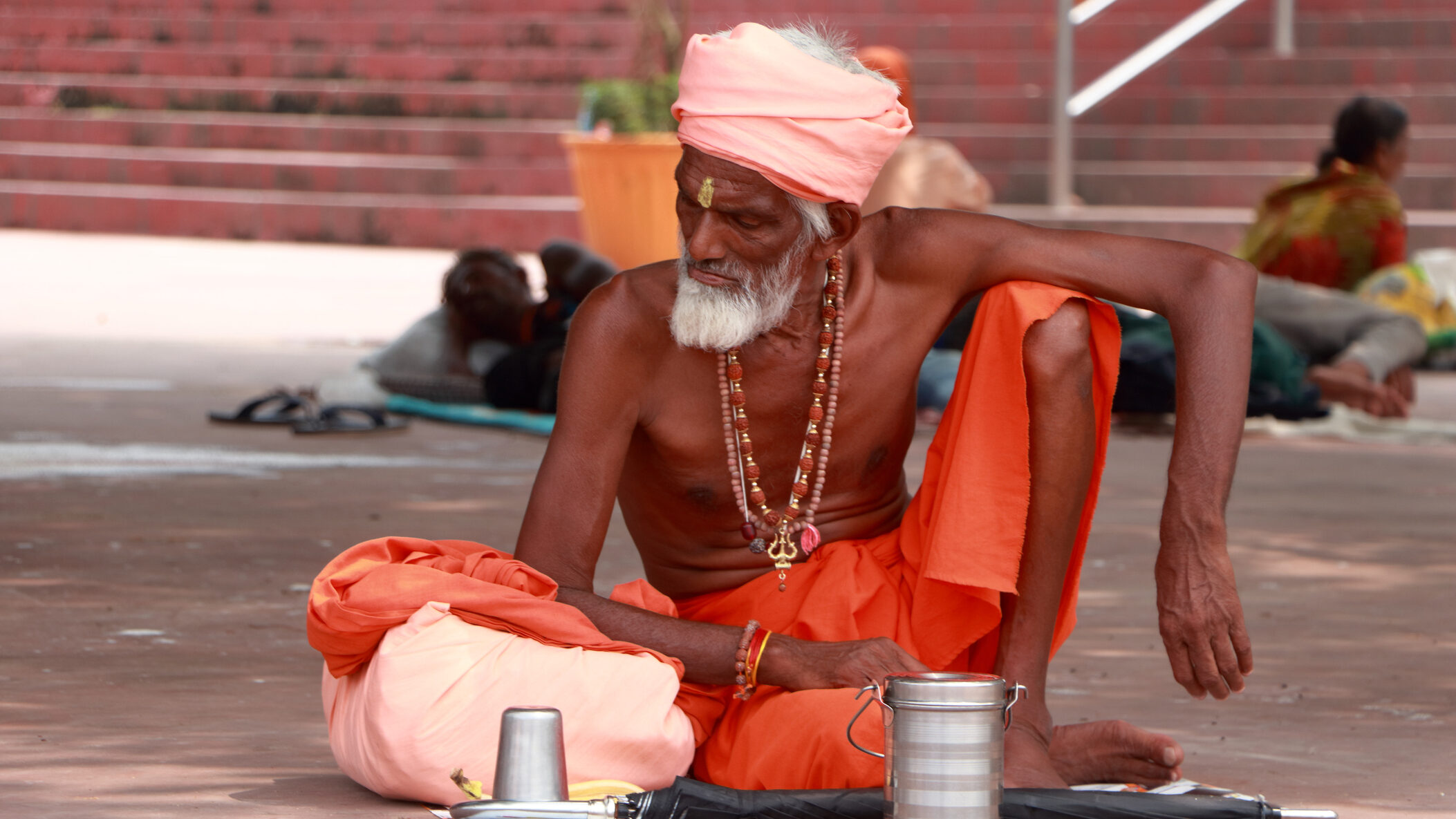
Bhakti causes total disregard for liberation.
Śrīla Rūpa Gosvāmī, Bhakti-rasāmṛta-sindhu (1.1.33)
On the simplest level, Western and Eastern cosmologies differ on a basic question: is the world one or two?
In Western thought, the question can be traced back to the very first writings of ancient Greek thinkers. They held that there are two completely different realities: the world of spirit and the world of material things. This idea is constant throughout the history of Western thought and has a strong influence on Christianity, Judaism, and Islam.
By contrast, many branches of Oriental philosophy, including Hinduism, build upon the notion of advaita, non-dualism. Advaita is the notion that reality is one. In particular, it posits that spirit or soul and material reality are non-different.
Continue reading